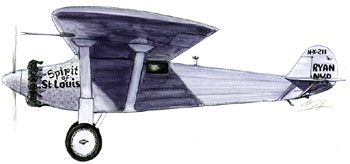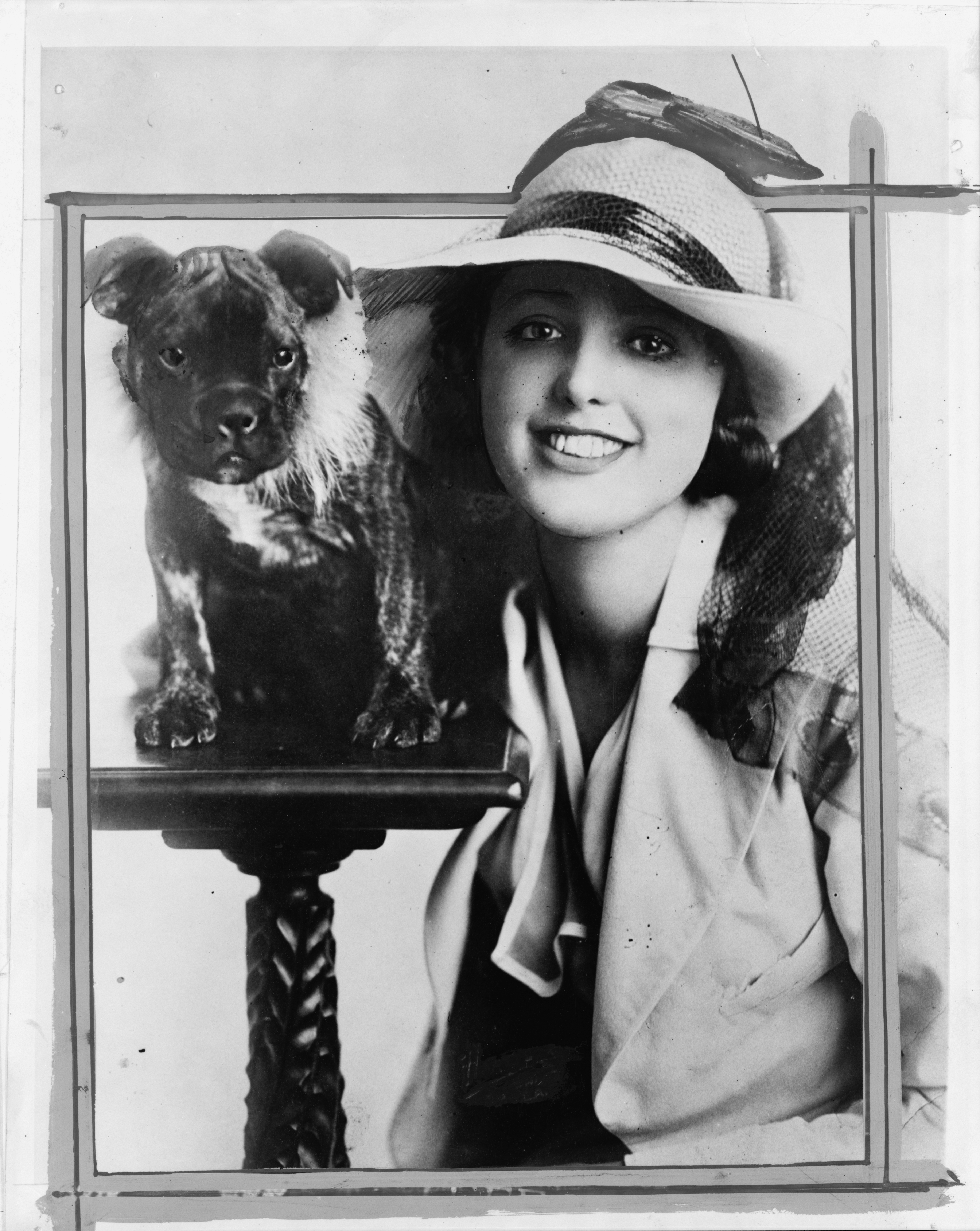|
Malanga (dancer)
José Rosario Oviedo (October 5, 18851927), better known as Malanga, was a Cuban Cuban rumba, rumba dancer. He is considered one of the most famous Cuban rumba#Columbia, columbia dancers and his mysterious death has been the subject of numerous essays, poems and songs, most notably "Malanga murió", written by Faustino Drake and performed by Arsenio Rodríguez amongst others. Life and career Early life José Rosario Oviedo was born on October 5, 1885, in "La Esperanza", an Engenho, ingenio near the village of Alacranes in the Unión de Reyes municipality, Matanzas Province, Cuba. He was Infant baptism, baptisted on November 29 as the son of an "unknown father". His mother, Funciana Oviedo, was an ex-slave and raised him in the town of Unión de Reyes after living in several ingenios such as "Majagua" and "San Gonzalo". His godmother Saturnina Oviedo and his grandfather (also his godfather) José Quintero played an important role in his upbringing. Despite being christened in th ... [...More Info...] [...Related Items...] OR: [Wikipedia] [Google] [Baidu] |
Unión De Reyes
Unión de Reyes is a municipality and town in the Matanzas Province of Cuba. It is located in the western part of the province, south of Matanzas, Cuba, Matanzas, the provincial capital. History Unión de Reyes was founded in 1844, and it was established as a municipality on July 1, 1879. Its name derives from ''Unión en el Punto de Reyes'', so named for its location at a railway junction. Geography The municipality, originally divided into the barrios of Iglesia and Unión, is divided into 9 ''consejos populares'' (i.e. "people's councils"): the town of Unión de Reyes and the villages of Alacranes, Bermejas, Cabezas (Unión de Reyes), Cabezas, Cidra, Estante, Juan Ávila, Juan G. Gómez and Puerto Rico. Demographics In 2022, the municipality of Unión de Reyes had a population of 35,021. With a total area of , it has a population density of . See also *Municipalities of Cuba *List of cities in Cuba References External links * Populated places in Matanzas Provinc ... [...More Info...] [...Related Items...] OR: [Wikipedia] [Google] [Baidu] |
Isaac Oviedo
Isaac Oviedo (July 6, 1902 – June 16, 1992) was a Cuban tres player, singer and songwriter. He was the founder and leader of the Septeto Matancero for over 50 years, and the author of many famous '' sones'' such as "Engancha carretero". Throughout his long career Oviedo only recorded a handful of sessions, mostly for American record labels. He has been called "one of the greatest Cuban tres players" by other musicians such as Efraín Ríos and Pancho Amat. According to the latter, Oviedo was the pioneering and most influential ''tresero'' of the ''septeto'' format (the major type of son ensemble of the 1920s and '30s). His technical innovations include the ''alzapúa'' thumb stroke and the use of the pinky finger. His son Ernesto played in his band since the 1940s and became a successful bolero singer, while his other son Gilberto, known as Papi Oviedo, has also had a long career as a ''tresero'', playing with Conjunto Chappottín, Estrellas de Chocolate and Orquesta Revé. ... [...More Info...] [...Related Items...] OR: [Wikipedia] [Google] [Baidu] |
Cuban Dancers
Cuban or Cubans may refer to: Related to Cuba * of or related to Cuba, a country in the Caribbean * Cubans, people from Cuba, or of Cuban descent ** Cuban exile, a person who left Cuba for political reasons, or a descendant thereof * Cuban Americans, citizens of the United States who are of Cuban descent * Cuban Spanish, the dialect of Cuba * Culture of Cuba * Cuban cigar * Cuban cuisine ** Cuban sandwich People with the surname * Brian Cuban (born 1961), American lawyer and activist * Mark Cuban (born 1958), American entrepreneur See also * * Kuban (other) * List of Cubans * Demographics of Cuba * Cuban Boys, a British music act * Cuban eight, a type of aerobatic maneuver * Cuban Missile Crisis * Cubane Cubane is a synthetic hydrocarbon compound with the Chemical formula, formula . It consists of eight carbon atoms arranged at the corners of a Cube (geometry), cube, with one hydrogen atom attached to each carbon atom. A solid crystalline substanc ..., a synthetic hyd ... [...More Info...] [...Related Items...] OR: [Wikipedia] [Google] [Baidu] |
1927 Deaths
Events January * January 1 – The British Broadcasting ''Company'' becomes the BBC, British Broadcasting ''Corporation'', when its Royal Charter of incorporation takes effect. John Reith, 1st Baron Reith, John Reith becomes the first Director-General. * January 7 ** The first transatlantic telephone call is made ''via radio'' from New York City, United States, to London, United Kingdom. ** The Harlem Globetrotters exhibition basketball team play their first ever road game in Hinckley, Illinois. * January 9 – The Laurier Palace Theatre fire at a movie theatre in Montreal, Quebec, Canada, kills 78 children. * January 10 – Fritz Lang's futuristic film ''Metropolis (1927 film), Metropolis'' is released in Germany. * January 11 – Louis B. Mayer, head of film studio Metro-Goldwyn-Mayer (MGM), announces the creation of the Academy of Motion Picture Arts and Sciences, at a banquet in Los Angeles, California. * January 24 – U.S. Marines United States occ ... [...More Info...] [...Related Items...] OR: [Wikipedia] [Google] [Baidu] |
1885 Births
Events January * January 3– 4 – Sino-French War – Battle of Núi Bop: French troops under General Oscar de Négrier defeat a numerically superior Qing Chinese force, in northern Vietnam. * January 17 – Mahdist War in Sudan – Battle of Abu Klea: British troops defeat Mahdist forces. * January 20 – American inventor LaMarcus Adna Thompson patents a roller coaster. * January 24 – Irish rebels damage Westminster Hall and the Tower of London with dynamite. * January 26 – Mahdist War in Sudan: Troops loyal to Mahdi Muhammad Ahmad conquer Khartoum; British commander Charles George Gordon is killed. February * February 5 – King Leopold II of Belgium establishes the Congo Free State, as a personal possession. * February 9 – The first Japanese arrive in Hawaii. * February 16 – Charles Dow publishes the first edition of the Dow Jones Industrial Average. The index stands at a level of 62.76, and r ... [...More Info...] [...Related Items...] OR: [Wikipedia] [Google] [Baidu] |
List Of Unsolved Deaths
This list of unsolved deaths includes notable cases where: * The cause of death could not be officially determined following an investigation * The person's identity could not be established after they were found dead * The cause is known, but the manner of death (homicide, suicide, accident) could not be determined following an investigation * Different official investigations have come to different conclusions Cases where there are unofficial alternative theories about deaths – the most common theory being that the death was a homicide – can be found under: :Death conspiracy theories, Death conspiracy theories. Unsolved murders Unsolved deaths Ancient * The Younger Lady (25–35) is the informal name given to the mummy of a woman who lived during the Eighteenth Dynasty of Egypt (c. 1549 to 1292 BCE), and was discovered in the Egyptian Valley of the Kings in tomb KV35 by archaeologist Victor Loret in 1898. The cause of her death is unknown. Through recent DNA tests, this ... [...More Info...] [...Related Items...] OR: [Wikipedia] [Google] [Baidu] |
Arsenio Rodríguez Discography
The discography of Arsenio Rodríguez consists of numerous singles released between 1940 and 1956 by Victor, as well as LPs released between 1957 and 1970 by various labels. In addition, there are noncommercial recordings archived at the Center for Folklife Programs and Cultural Studies Archive, Smithsonian Institution. The first author to elaborate a list including all of Rodríguez's official recordings was American ethnomusicologist David F. García, who published his work in a book entitled ''Arsenio Rodríguez and the Transnational Flows of Latin Popular Music'' (Temple University Press, 2006). The book was awarded the Certificate of Merit in the category Best Research in Folk, Ethnic, or World Music by the Association for Recorded Sound Collections in 2007. In addition, Cuban ethnomusicologist Cristóbal Díaz Ayala elaborated a similar list, largely based on García work, as part of his ''Encyclopedic Discography of Cuban Music 1925-1960'' in the Diaz Ayala Cuban and Latin ... [...More Info...] [...Related Items...] OR: [Wikipedia] [Google] [Baidu] |
Guaguancó
Guaguancó () is a subgenre of Cuban rumba, combining percussion, voices, and dance. There are two main styles: Havana and Matanzas. Percussion * battery of three conga drummers: the ''tumba'' o "''salidor''"(lowest), ''tres dos'' (middle, playing a counter-clave), and ''quinto'' (highest, and lead drum). These parts may also be played on cajones, wooden boxes. * claves usually played by a singer * guagua (aka Catà) (hollowed piece of bamboo) * maraca and/or a chekeré playing the main beats Other instruments may be used on occasion, for example spoons, palitos (wooden sticks striking the side of the drum), and tables and walls played like drums. Clave Rumba clave is the key pattern (guide pattern) used in guaguancó. There is some debate as to how the 4/4 rumba clave should be notated for guaguancó. In actual practice, the third and fourth stroke often fall in rhythmic positions that do not fit neatly into music notation. Triple-pulse strokes can be substituted for dup ... [...More Info...] [...Related Items...] OR: [Wikipedia] [Google] [Baidu] |
Elegy
An elegy is a poem of serious reflection, and in English literature usually a lament for the dead. However, according to ''The Oxford Handbook of the Elegy'', "for all of its pervasiveness ... the 'elegy' remains remarkably ill defined: sometimes used as a catch-all to denominate texts of a somber or pessimistic tone, sometimes as a marker for textual monumentalizing, and sometimes strictly as a sign of a lament for the dead". History The Greek term ἐλεγείᾱ (''elegeíā''; from , , ‘lament’) originally referred to any verse written in elegiac couplets and covering a wide range of subject matter (death, love, war). The term also included epitaphs, sad and mournful songs, and commemorative verses. The Latin elegy of ancient Roman literature was most often erotic or mythological in nature. Because of its structural potential for rhetorical effects, the elegiac couplet was also used by both Greek and Roman poets for witty, humorous, and satirical subject matter. O ... [...More Info...] [...Related Items...] OR: [Wikipedia] [Google] [Baidu] |
Ciego De Ávila
Ciego de Ávila () is a city in the central part of Cuba and the capital of Ciego de Ávila Province. The capital city has a population of about 156,322 and the province 430,507. Geography Ciego de Ávila lies on the Carretera Central highway and on a major railroad. Its port, Júcaro, lies south-southwest on the coast of the Gulf of Ana Maria of the Caribbean Sea, in the adjacent municipality of Venezuela. The city is located about east of Havana and west of the city of Camagüey. It was part of the Camagüey Province until 1976, when Fidel Castro's government made Ciego de Ávila the capital of the newly created Ciego de Ávila Province. By 1945, the municipality was divided into the barrios of Angel Castillo, Ceballos, Guanales, Jagüeyal, Jicotea, José Miguel Gómez, Júcaro, La Ceiba, Majagua, Norte, San Nicolás and Sur. After the new political and administrative division of Cuba in 1976, it was divided into four municipalities ( Majagua, Ciego de Ávila, Baragua, ... [...More Info...] [...Related Items...] OR: [Wikipedia] [Google] [Baidu] |
Florida, Cuba
Florida () is a municipality and city in the Camagüey Province of Cuba. It is located north-west of Camagüey, along the Carretera Central highway. The city was established in 1907, and the municipality was established in 1924. Of all the municipalities of the Cuban province of Camagüey, Florida is third in area size. The name is Spanish for ''Land of flowers''. History The town was founded in 1907 and, in 1949, the politician Francisco Díaz Marchand presented a project to turn it into an independent municipality. The project did not prosper, but in 1960 Manuel Frías Morales drafted a law to carry out the feasibility studies for the foundation of the municipality, but the opinion was adverse. Later, the Law #30 of June 14, 1971 created the municipality of Florida, one of the youngest of the island. Geography The municipality is located northwest of its province, next to the borders with Ciego de Ávila Province. Its elevation is represented by the Urabo Mountain with a ... [...More Info...] [...Related Items...] OR: [Wikipedia] [Google] [Baidu] |



